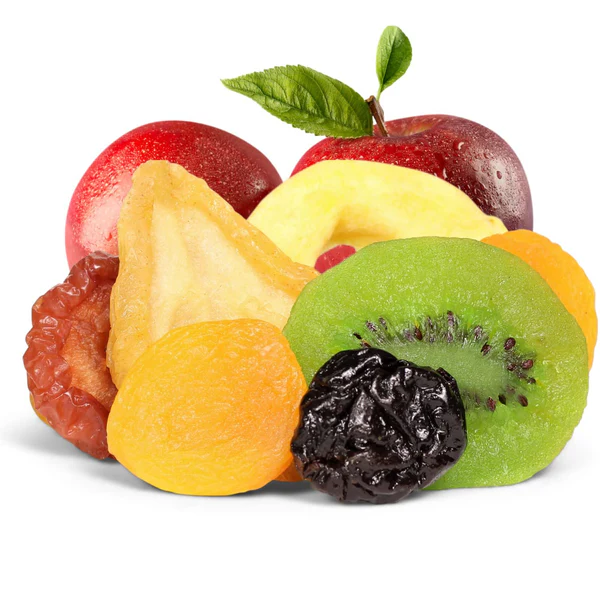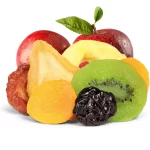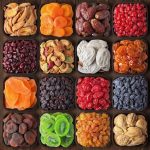Introduction to Dried Fruit and Its Uses
Shelf life of dried fruit! Dried fruit is a staple in many pantries due to its long shelf life and versatility. People have been drying fruit to preserve its sweetness and nutritional value for centuries. Today, dried fruit is not only used as a convenient snack, but it’s also incorporated into various recipes. Whether it’s adding dried apricots to your morning oatmeal or snacking on raisins during a hike, dried fruit provides that burst of natural sugar and energy.
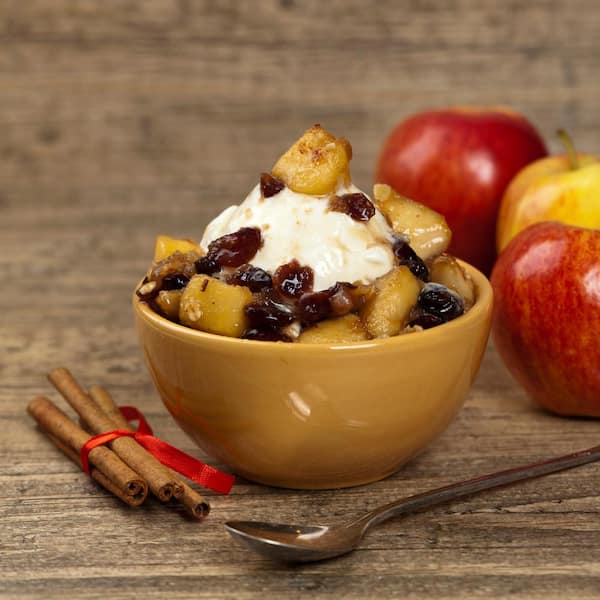
The Historical Significance of Dried Fruit
Drying fruit is an ancient practice. Early evidence dates back to Mesopotamia around 2000 BC. Cultures dried fruit to save seasonal harvests. Examples include apricots, figs, raisins, and dates used in ceremonies or as simple snacks. Today, we enjoy a wide selection of dried fruit from across the globe, benefiting from the pioneer preservation methods of ancestors.
Dried Fruit in Modern Cuisine and Snacking
Beyond snacks, dried fruit enhances modern dishes. It adds flavor and texture without extra sugar or sweeteners. Common uses include baking it into bread or muffins, mixing it into salads, or using it as a topping for cereals or yogurt. It’s a smart choice for those seeking sweet treats without the downside of artificial additives.
How Long Can You Keep Dried Fruit?
When considering how long you can keep dried fruit, it’s critical to understand factors that influence its shelf life. Like most foods, dried fruit does not last indefinitely, despite being a preserved snack. Correct storage and knowledge of its longevity are key to enjoying its natural sweetness over time.
Factors Affecting the Shelf Life of Dried Fruit
Several elements can change how long dried fruit remains fresh. Exposure to air and moisture can lead to spoilage. Temperature and light also play roles. Drier environments with less heat will help maintain quality longer. The type of fruit itself also affects how long it can be stored. For example, fruits with less natural oil content may last longer.
Typical Lifespan of Common Dried Fruits
While each type of dried fruit varies, there are general guidelines for lifespan. Apricots, figs, raisins, and prunes generally keep well for about six months to a year when stored properly. To keep them beyond that, freezing might be an option. Remember, once the package is open, the clock starts ticking faster, and freshness diminishes with each day.
Signs That Your Dried Fruit Has Spoiled
Knowing when your dried fruit has gone bad is crucial. It prevents eating unsafe food. Let’s look at signs that indicate spoilage.
Visual and Olfactory Indicators of Bad Dried Fruit
First, check the fruit’s appearance and smell. If the color is dull or moldy, it’s bad. A weird smell, like sourness, also means the fruit is no good.
Textural Changes and Taste Test
Next, feel the texture. If it’s too hard or changed, that’s a bad sign. A quick taste can confirm. Look for sourness or bitterness, which means it’s time to toss it.
Proper Storage Techniques for Dried Fruit
To keep your dried fruit fresh, proper storage is key. Here’s how to make sure they last.
The Role of Airtight Containers and Cool Environments
Airtight containers help prevent moisture and air from spoiling the fruit. Store them in a cool, dry place away from light. These steps cut down on the risks of spoilage and help maintain the dried fruit’s taste and texture. Keep them out of humid areas to stop mold from growing. Glass containers are great as they let you spot any moisture buildup.
The Freezing Option for Extended Preservation
For keeping your dried fruit longer, freezing is a smart choice. This method stops damage from air or moisture. Frozen dried fruit can last much longer and still be safe to eat. Make sure your freezer stays at a steady temperature. This way, your dried fruit’s quality stays high. You can keep them in the freezer for a very long time, even years, without a drop in safety or taste.
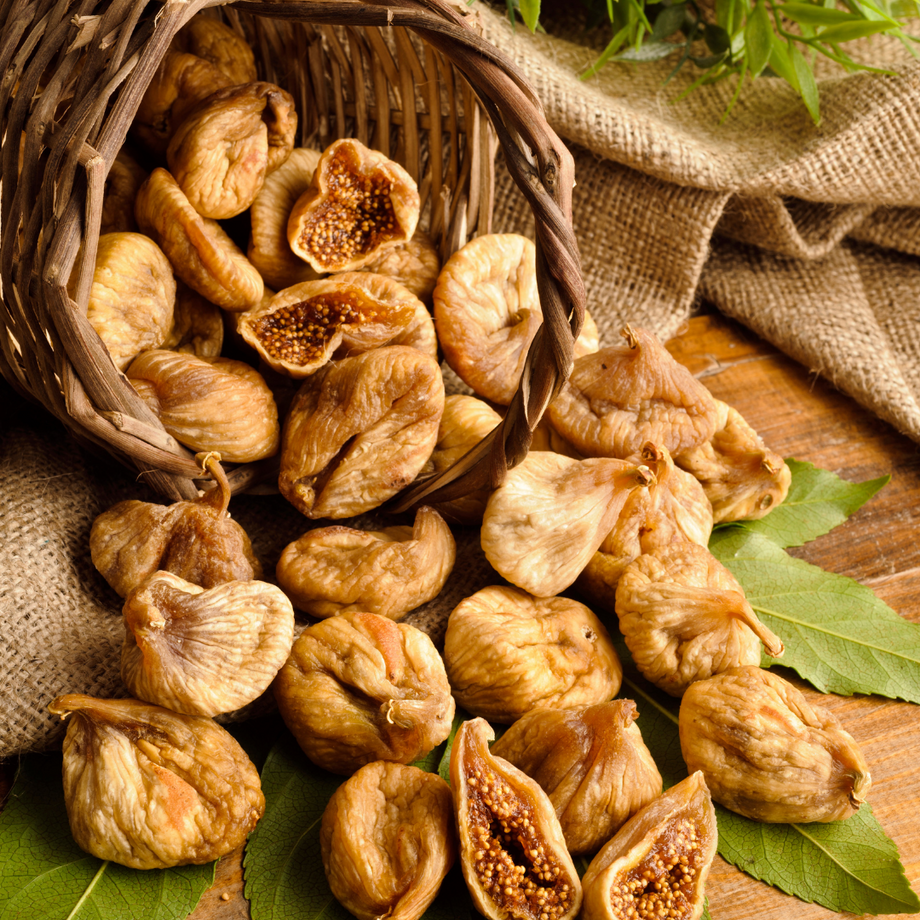
Comparing Different Types of Dried Fruits
When you stock dried fruits, it’s important to note that not all dried fruits last the same amount of time. Differences in water content, added sugars, and the fruit’s acidity can affect how long they stay fresh. Knowing which ones last longer can help you plan your purchases and storage.
Variability in Shelf Life Among Dry Fruits
Dried fruits vary in how long they can be stored before they begin to lose their quality or potentially spoil. For example, fruits such as raisins, prunes, and apricots tend to have a longer shelf life due to their natural sugar concentration and lower moisture content. On the other hand, fruits like dried bananas or apple slices might not last as long because of their higher moisture content which makes them susceptible to spoilage.
Factors such as the drying method used, the packaging, and how they are stored post-purchase can significantly impact their longevity. Ensuring they are kept in airtight containers and away from direct light or heat can extend their shelf life.
Best Dried Fruits for Long-Term Storage
If you are looking for dried fruits that will last the longest in your pantry, go for those with inherently less moisture and are usually sold with less added sugar. Examples include dried mangoes, figs, and prunes. These fruits, when stored correctly, can maintain their quality for about a year.
Opting for the commercially packaged versions can also be wise. These often come with specific storage instructions that help maintain freshness for the longest possible time. Remember, proper storage is key to extending the shelf life of dried fruits.
Dealing with Freeze-Dried vs. Dehydrated Fruits
When you stock up on dried fruits, you may wonder about different drying methods. Freeze-dried and dehydrated fruits have their own benefits. Let’s explore how these impact their shelf life.
The Impact of Drying Methods on Shelf Life
Different drying methods affect how long dried fruits can last. Freeze-drying removes about 99% of moisture, making fruits last for many years. Dehydrated fruits, typically done at home, last about 6 months to a year. Store them right for the best shelf life.
Preserving Quality and Nutrition in Dried Fruit Snacks
To keep your fruit snacks fresh and nutritious, store them properly. Once opened, try to eat freeze-dried fruit within six to twelve months for best quality. For other dried fruits, aim for within a year. Airtight containers and cool places are best for storage. Avoid light and heat to keep your snacks tasty and healthy.
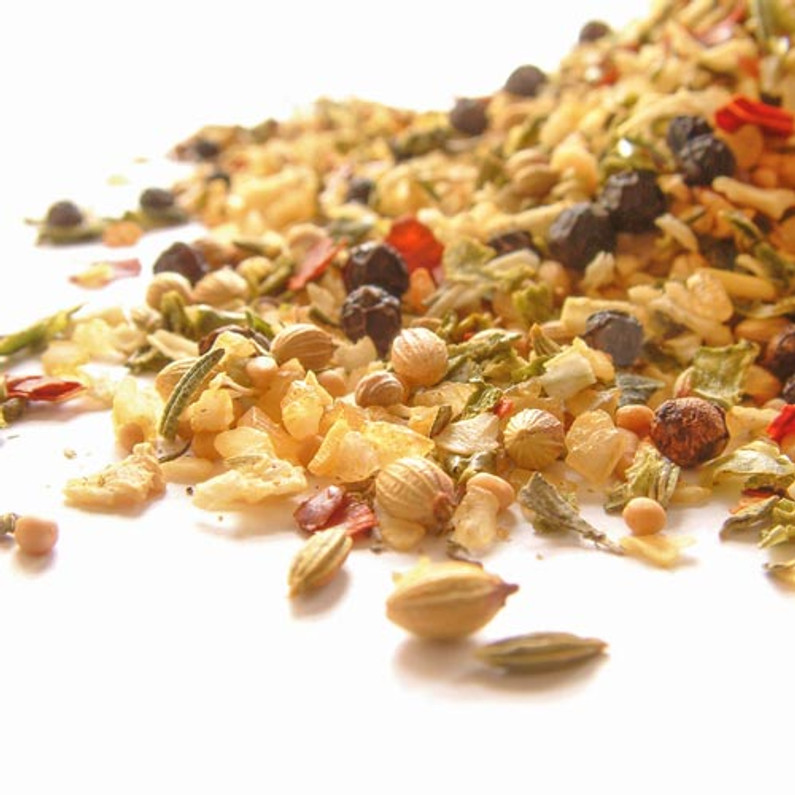
Tips for Consuming and Enjoying Dried Fruits
Dried fruits are tasty and convenient. To enjoy them at their best, time your consumption right. It’s all about freshness and getting the most from the nutrients they offer.
When to Consume Dried Fruits for Optimal Freshness
Ideally, eat dried fruits soon after opening. This means within a day for the freshest taste and nutrients. If stored in airtight containers, they can last longer while still good to eat. Always check for signs of spoilage, like sour smells or mold, before eating.
Creative Ways to Incorporate Dried Fruit into Your Diet
Dried fruit can brighten up many dishes. Try these ideas:
- Mix them into your breakfast cereal or oatmeal.
- Add to salads for a sweet touch.
- Bake into muffins or bread for natural sweetness.
- Use as a topping on yogurt or parfait.
- Create a homemade trail mix with nuts and seeds.
By following these simple tips, and storing your dried fruits correctly, you can enjoy their natural sweetness and nutritional benefits over time. Before indulging, always ensure they pass the freshness test to get the best from your snack. Remember that variety is key, so mix things up and enjoy the wide range of dried fruits available.
